#historical figures
Text

Mathematician, physician and philosopher (1776-1831), Sophie Germain was a genius who fought hard to be heard a recognized.
A self-taught prodigy
The daughter of a silk merchant, Sophie was born in Paris to a relatively wealthy family. When the French Revolution broke out in 1789, her father became a member of the Constituent Assembly. Amidst the chaos, Sophie found solace in her father's library and discovered mathematics.
Fascinated by the subject, she learned everything she could, studying at night. Her parents disapproved. Mathematics was thought to be too complex for women who had to focus first and foremost on their home.
Sophie's parents tried to stop her by putting out the fire in her room at night and confiscating her clothes and candles after nightfall. Sophie's thirst for knowledge was stronger. According to her obituary, she studied “at night in a room so cold that the ink often froze in its well, working enveloped with covers by the light of a lamp”. She even taught herself Latin to read the essential works.
Sophie impresses
The École Polytechnique was founded in 1974 with to train a new elite of engineers, mathematicians and scientists. Being a woman, Sophie couldn’t attend. She learned that a student named Leblanc wasn’t able to go to class. She wrote to the school, pretending to be him, and managed to obtain lecture notes. She was also able to complete and submit assignments.
This promising student impressed mathematician Joseph-Louis Lagrange who found her answers brilliant. The self-taught Sophie had gained the admiration of one of the most renowned mathematicians of her time.
Lagrange's desire to meet her forced Sophie to reveal her real identity. Lagrange was at first surprised to learn that his correspondent was a woman. He nonetheless became Sophie’s mentor, introducing her to a new world and opportunities.
Sophie made major contributions to number theory. She worked on Fermat's last theorem, making major observations and creating her own theorem. This would be one of her major contributions to mathematics.
In 1804, she began a correspondence with another mathematician, Carl Friedrich Gauss, whose work she admired. He was similarly impressed by her intelligence:
“But how to describe to you my admiration and astonishment at seeing my esteemed correspondent Monsieur Leblanc metamorphose himself into this illustrious personage who gives such a brilliant example of what I would find it difficult to believe. A taste for the abstract sciences in general and above all the mysteries of numbers is excessively rare: one is not astonished at it: the enchanting charms of this sublime science reveal only to those who have the courage to go deeply into it. But when a person of the sex which, according to our customs and prejudices, must encounter infinitely more difficulties than men to familiarize herself with these thorny researches, succeeds nevertheless in surmounting these obstacles and penetrating the most obscure parts of them, then without doubt she must have the noblest courage, quite extraordinary talents and superior genius.”
An incomplete recognition
Sophie was also interested in physics. In 1811, she entered a contest held by the French Academy of Sciences, but her lack of formal education turned against her. She didn't give up and won the contest in 1816 with her Memoir on the vibrations of Elastic Plates. She kept working on the theory of elasticity and published several more memoirs. Her work would prove pivotal in the field.
This prize also meant official recognition for Sophie. In 1823, she became the first woman to be allowed at the Academy of Sciences' sessions. Though respected as an equal collaborator by some, she still felt like a “foreigner” in the scientific community.
Sophie Germain died at the age of 55, on June 27, 1831, after a battle with breast cancer. Carl Friedrich Gauss had convinced the university of the University of Gottingen to give her an honorary degree but Sophie was dead before she could receive it.
Her death certificate designated her as a "rentière-annuitant" (a single woman with no profession) instead of a mathematician.
Today, a street in Paris, schools in France and a crater on Venus are named in her honor. She appeared on a French postal stamp released in 2016.
Feel free to check out my Ko-Fi if you like what I do! Your support would be greatly appreciated.

Further reading
Alkalay-Houlihan Coleen, “Sophie Germain and special cases of Fermat’s last theorem”
Boyé Anne,, “Sophie Germain, une mathématicienne face aux préjugés de son temps”
“Biographies of women mathematicians : Sophie Germain”
Lamboley Gilbert, “Math’s hidden woman”
Koppe Martin, “Sophie Germain, une pionnière enfin reconnue”
#sophie germain#history#historyedit#women in history#19th century#france#french history#upthebaguette#herstory#mathematics#mathematicians#historical#historical figures#women in stem#european history#historyblr
47 notes
·
View notes
Text


Mama i'm in love with those criminals🔥🔥
.
(Parody from Barbie Movie)
#karl marx#friedrich engels#fan art#communism#artwork#historical figures#marxism#artists on tumblr#barbie movie#parody art#margot robbie#ryan gosling#barbie greta gerwig
6K notes
·
View notes
Text

#robespierre#frev#french revolution#marie antoinette#frev art#fanart#digital art#frev memes#maximilien robespierre#maximillian robespierre#historical figures#Shkroedër's art tag
252 notes
·
View notes
Text

#well. yeah.#me and half my mutuals are getting our asses served on a silver platter with the og tweet#history fandom#historical figures#rome#ancient greece#alexander the great#winsome’s wailings
1K notes
·
View notes
Text
In regards to the other portrait of Lestat - I actually thought it was quite fitting, given all the art I‘ve seen around in galleries and museums.
Thankfully @woodsmokeandwords put my rather unformed thoughts into words, especially wrt to the choices made in the art - and I second that I hope the artist didn’t see some of the fandom’s reactions, because their art was actually very much on point.
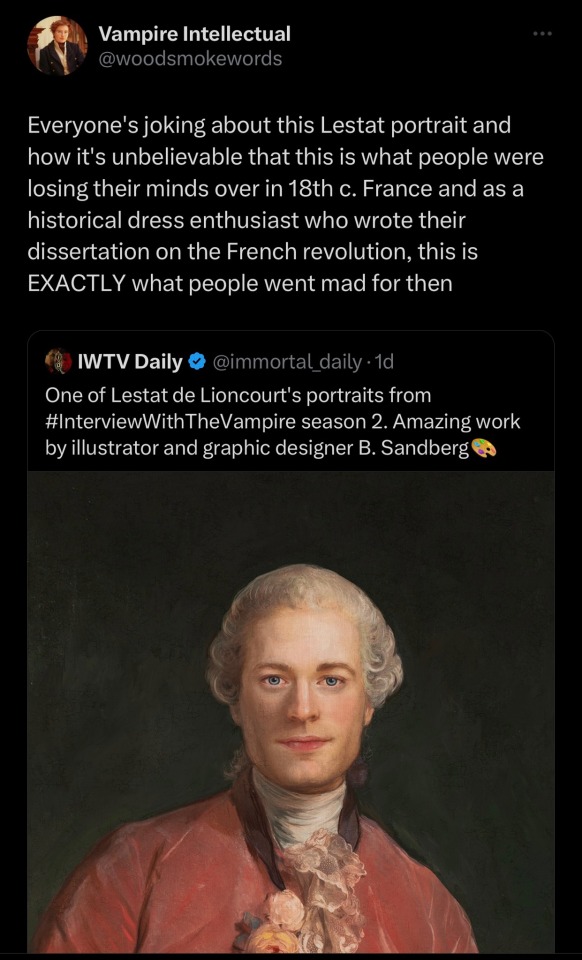


#reposted with permission#thank you for the thread#portrait#interview with the vampire#iwtv#lestat de lioncourt#amc iwtv#amc interview with the vampire#iwtv amc#iwtv 2022#history#historical figures
399 notes
·
View notes
Text
So I watched the George Washington mini series from 1984. And I have no clue why, but Laurens and Tilghman just ganging up on Hamilton already is so damn funny to me.
Like- He just arrived and you’re already on his case. And I’m here for it. Break in the new Family member quick. Lol.
#alexander hamilton#john laurens#tench tilghman#George Washington mini series#George Washington 1984#historical john laurens#historical alexander hamilton#historical figures#Washington’s military family
142 notes
·
View notes
Text

#coquette#girlblogging#girl blogger#girlblogger#manic pixie dream girl#dollette#girlhood#this is what makes us girls#nymph3t#just girly thoughts#just girly posts#just girly things#hyper feminine#female rage#female manipulator#femcel#girlcore#hell is a teenage girl#girl interrupted#gaslight gatekeep girlboss#this is a girlblog#anne boleyn#henry the eighth#history community#history memes#history nerd#historical figures#history
121 notes
·
View notes
Text
Ch209 (p4), The queen of tragedy
⚠️ Long post ⚠️
You might be wondering where that heading comes from. I'll get to that in a bit....
So, we are back to recent events, where Finny and Doll fight over Snake, each one claiming the other is the enemy. Both parties are involved in deception; he wonders why they helped him but lied the entire time. Out of the circus troupe, he seems to have been closest to Doll, and she never told him the truth about the circus. He also becomes particularly close to Finny, who immediately likes his snakes, but Finny doesn't inform him about the true fates of his circus friends. Then there're our earl and Sebastian, who lead him to believe the circus members are still alive and just on the lamb.

Why would the people closest to him all lie to him?
Then we get a couple scenes before his and Finny's assignment begins.

But this flashback switches from what Snake is recalling... to what a reaper is reviewing. Born March 15 -- the Ides of March -- to an actress named Sarah Kemble. More on her at the end. Death on December 9, 1889, from blood loss.

The expression on this (new to us!) reaper's face makes me wonder what he's thinking. He says "no additional remarks", but I believe he's thinking some additional thoughts.

He must realize there's something odd about Doll, who is holding Snake's body and grieving over him. Doesn't he realize she's a bizarre doll? Has he not taken note of the blood transfusion equipment in the room down the hall? What about all the veins popping up all over her body? Hasn't he been informed about the search for Undertaker and his moving corpses?
Does he not yet have info from Othello regarding Layla/Al? We have to keep in mind that this is all probably happening around the same time that Ronald and William are taking Layla/Al into custody, so this reaper might not be fully informed and so might not know what all signs to look for.
Besides, Ronald is sent to Norfolk ahead of the impending deaths, because there was word a bizarre doll is stationed there. He just has to figure out which person it is. Ronald can't tell who the bizarre doll is just by looking, so he has to wait and see who starts acting like one.
This reaper apparently isn't sent to investigate FOL Orphanage, suggesting HQ didn't have similar intelligence regarding a bizarre doll there. If he's not looking for one, he might not bother to take much notice of Doll's appearance or the medical equipment.
Everything is happening at about the same time:
Mey-Rin and Ran-Mao are heading to their next meeting spot while Polaris makes his report to real Ciel and Undertaker. Heathfield is arrested, and the legal investigation there is still underway.
Ronald and William are dealing with Layla/Al, with the intention of taking her back to HQ for examination. Baldo, Lau, and the others are still planning their getaway; they have not yet escaped the sanatorium.
Othello is probably at HQ, working out the finer details of the transfusion machine he has just recently confiscated from the underground facility at Bath. Beyond that, the dove he sent back to HQ might be the only call for help he's requested to deal with Undertaker.
And this reaper is (as far as I can tell) just responding to the assigned task of collecting souls from Snake, Susan, and the head matron. He really might not be in the loop about Undertaker and his moving corpses... just yet.
This gives an easy setup for him to go about business as usual and leave Doll to her grieving. If he doesn't confront her and just leaves, she can ask Undertaker to turn Snake into a bizarre doll -- even if it's just to be her companion. Undertaker would see old goals of revenge in Snake's cinematic records and could potentially turn him against the Phantomhives, through creation of his "episodes" by cherry-picking the memories and goals that would compel him to seek that revenge again. If that happens, we could get Snake confronting our earl and Sebastian... where Sebastian fulfills the implied threat he makes (to Baldo, about any servant who turns against their master) in ch51.
So, there's that.
Then we have a couple other things to discuss: the current date and Snake's mother.
It's December 9, 1889. This works great with my Mother3 theory, which states the contract should end before our earl is officially 14 years old. December 13, 1889 is the eve of that birthday, and it's also a Friday the 13th. This is highly symbolic because of when his father is born and when his paternal grandmother dies. I'm sure there are absolutely zero coincidences in this.
We will go back a few days (again) for the start of our earl's and Sebastian's assignment in Brighton, then we will catch up to December 9th with them. During this time and soon after, they will receive word about the other three assignments, as word trickles in. Or perhaps they are bombarded with all the reports in quick succession. Then we've got another four days for them to finish not just their own assignment but also their contract. Perhaps their assignment finishes around the same time as the others. If so, they have three or four more days to address whatever they have learned.
Now onto Snake's mother. She's based on a real person, or a combination of a few people in a notable family. My own initial research pulled up a Fanny Kemble, who was a British actress who lived in this time period but was too old to be Snake's mother. She bore a daughter named Sarah (Kemble) Butler, but Sarah wasn't an actress. Fanny was well known as a former actress and an abolitionist -- who separated from her husband (Butler), partly over disagreement about slavery -- and returned to the stage, where she renewed her focus on the works of William Shakespeare... performing public readings of his plays.
Discussing the chapter in Discord, I got word -- from @mjmj2994 -- about a Sarah (Kemble) Siddons who was an actress, though she was from the mid-18th to early 19th century. Her mother was also a Sarah Kemble. Turns out that Sarah Siddons (née and a.k.a. Sarah Kemble) was an aunt to the Fanny Kemble I'd found! Small world, eh? Anyway, Sarah Kemble/Siddons (wiki article here) became known as the "queen of tragedy" for her portrayal of Lady Macbeth and other Shakespearean tragic characters -- including numerous cross-dress performances as Hamlet himself. Even though Yana-san would have to change the timeline to fit our Sarah Kemble, this is most likely the historical reference for her. Here's more information about the Kemble family line and their extensive involvement with the acting industry.
Our Snake comes from an esteemed family of actors, and I suppose we are to assume he's an issue who was so quickly covered up and forgotten that he was perhaps never even named. Who was his true father? And how did he come to have such strong snake-like traits? We might never know.
Now we wait to see if this reaper does anything about Doll. And then onto our earl and Sebastian in Brighton!
#black butler#kuroshitsuji#ch209#chapter release#chapter review#chapter analysis#snake#doll#reapers#grim reapers#sebastian michaelis#earl phantomhive#our earl#circus troupe#circus members#phantomhive servants#flashbacks#cinematic records#historical figures#sarah kemble#kemble family#famous actresses#famous actors#sarah siddons#shakespeare#feb 19 2024#part four#part 4#long posts#long reads
92 notes
·
View notes
Text

This makes Tiana the Princess of Creole Cuisine!
🍽️👩🏾🦱👑
#history#princess tiana#disney#princess and the frog#leah chase#animated history#disney princess#new orleans#food#movie#historical figures#creole#american history#united states#disney world#black girl magic#african american women#food history#soft black women#soft girl#women empowerment#black history#girl power#womens history#dooky chase#black femininity#princesscore#historical women#nickys facts
156 notes
·
View notes
Text
"As boys and men went out on the boats — “my grandfather was nine when he started,” said the local historian Arlette Julien — girls and women were in the canneries, some from the age of eight, some up to 80. They’d be called in at any time of day or night, whenever the boats came in: in pre-fridge days, sardines needed treating fast.
Dressed in long heavy skirts and clogs, the women would work up to 18 hours non-stop, go home at midnight and then be called back in at 4am. The floors were filthy with mud and sardine guts, the women’s hands wrecked by brine, toilets often a distant rumour … all for 80 centimes an hour. That 80 centimes was just enough to buy a litre of milk, half the wage of a professional washerwoman. All ages earned the same amount.
The strike struck on November 21 and within days 2,100 people were out, 1,600 of them women. The Communist mayor Daniel Le Flanchec pulled the town council behind the strike. He called in Communist support from all over France.
Thus was assured a level of organisation not experienced by earlier French strikes. Funds were raised, soup kitchens sorted, Christmas presents for children arranged and marches assembled. The strike became a national issue.
Finally, though, and after six weeks, the cannery owners were forced to negotiate. They conceded overtime payments, a ban on work for girls under 12 — and a pay rise to one franc an hour. Men got 50 centimes more. “Equal pay wasn’t an issue. The movement was born of desperation,” the history teacher Françoise Pencalet said. “The women simply wanted a little more than what they had.”
#history#women in history#women's history#women's history month#20th century#working women#bretagne#france#french history#upthebaguette#historyblr#historical figures
137 notes
·
View notes
Text
🎂HAPPY BIRTHDAY FRIEDRICH ENGELS🎂

#OnThisDay
28th November 1820, Friedrich Engels was born in Barmen. The rest is history🔥
#friedrich engels#fan art#digital art#communism#historical figures#artwork#marxism#artists on tumblr#art#engels 203#birthday art#history today#history
511 notes
·
View notes
Text


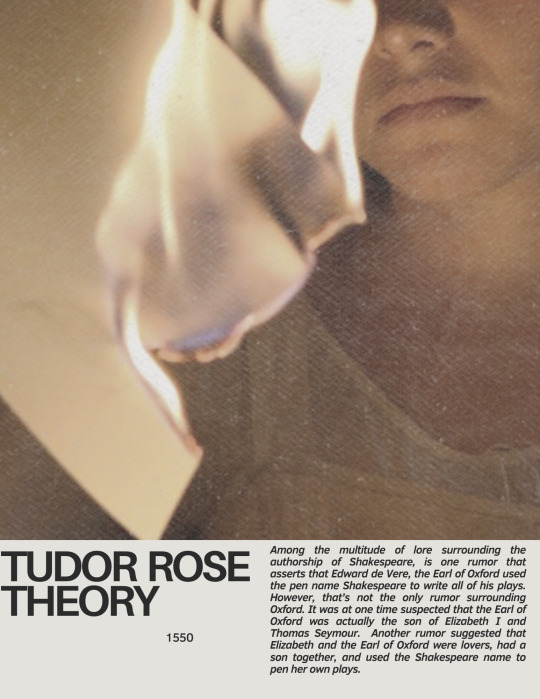



Royal Rumors and Scandals ➝ Elizabeth I
#historicwomendaily#weloveperioddrama#elizabeth tudor#elizabeth i#tudor era#1500s#history edit#my aesthetic posts#historical figures
301 notes
·
View notes
Text


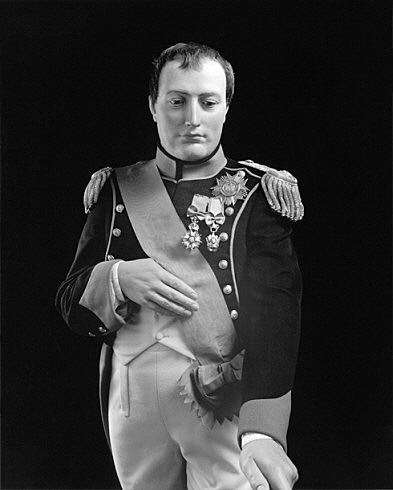
Napoleon Bonaparte by Hiroshi Sugimoto, c. 1999
From Hiroshi Sugimoto’s Portraits, a series of depictions of historical and contemporary figures. Sugimoto isolated wax figures from staged vignettes in waxworks museums, posed them in three-quarter-length view, and illuminated them to create haunting Rembrandt-esque portraits of historical figures, such as Henry VIII, Napoleon Bonaparte, Fidel Castro, and Princess Diana.
(Guggenheim)
#crying because he looks so soft#soft boy <3#napoleon#napoleon bonaparte#Hiroshi Sugimoto#Sugimoto#napoleonic era#napoleonic#wax figures#first french empire#french empire#art#photography#black and white photography#history#historical figures#1800s#vintage photography#photograph#b&w photography
72 notes
·
View notes
Text

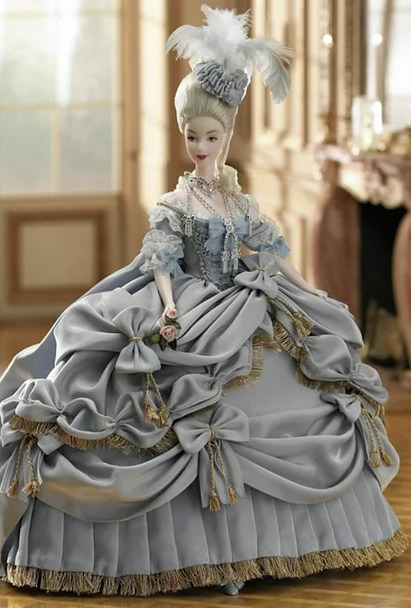
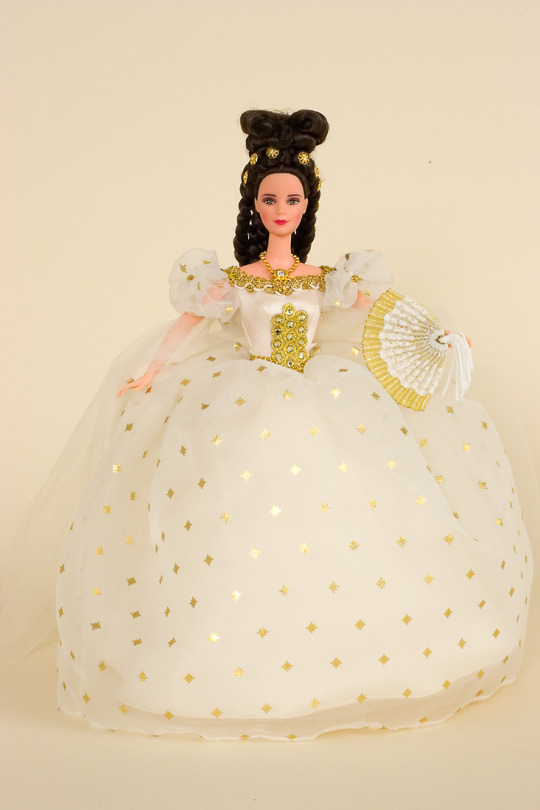

Barbie Collector - Women of Royalty
Queen Elizabeth the First
Marie Antoinette
Sissi, the Empress
Joséphine de Beauharnais/Bonaparte
#barbie#barbie doll#collection#collector#90s#history#women of royalty#napoleon#empress sissi#marie antoinette#historical figures#uk#france#austria#doll#porcelain#queen elizabeth I#sissi the empress
356 notes
·
View notes
Text

#history#funny#gay#hamilton#john laurens#meme#american revolution#pride#totally historically accurate#queer history#historical figures#history meme
71 notes
·
View notes
Text
both cesare borgia and juan borgia historically catching homosexuality allegations with other famous figures is incredibly amusing to me!!! leonardo da vinci was so infatuated with cesare that he painted jesus christ using cesare's likeness and sultan cem was so enamored with juan that he let him wear his turkish robes throughout the vatican
#i must say they're the it boys of the renaissance italy#like every description of them is yapping about how gorgeous they looked#so it's not surprising that it wasn't the noble ladies who were obsessed with them but also important historical men as well#love that for them#cesare borgia#juan borgia#the borgias#borgia#history#historical figures#leonardo da vinci#sultan cem#cem sultan#cesare and juan#jesus christ#text post
64 notes
·
View notes